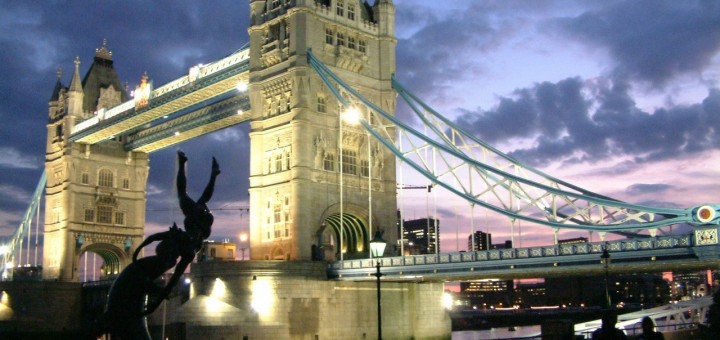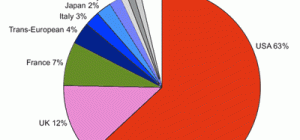For the longest time, Mayfair has remained at the top of the best addresses list in prime central London, recently reclaiming the crown as the number one neighbourhood from Knightsbridge. The affluent district has always been a global hotspot offering luxury shopping and theatre districts to rival the best in the world. Surprisingly, the consistent appeal of Mayfair has attracted an ever-changing resident profile over the years, welcoming over 42 nationalities to the community. The evolution of the typical resident over the decades has led to a diverse culture and exciting mix of people, with over 60 percent of current residents having been born overseas.

Along with cultures and nationalities constantly changing, locals have also been getting younger. 43 percent of homes in Mayfair currently house well educated, wealthy, and young families, couples, and singles. The property market has progressed in line with the resident profile, offering a wide array of flats designed with the latest technology and facilities to suit the younger luxury lifestyle. The money of the world is also continuously changing hands, with billionaires in the Middle East fewer in number due to falling oil prices and Russian-speaking billionaires also on the decline. According to the Forbes Rich List, the billionaires of the world currently reside in America, China, and Germany, home to 540, 251, and 120 billionaires respectively. As long as the global economy keeps changing, the local community of Mayfair will continue to expand and evolve.
PRIME CENTRAL LONDON PROPERTY MARKET
The next five years will bring an exciting transformation to the affluent neighbourhood of Mayfair, with eight property developments currently under construction and an additional 21 beyond the proposal stage. W1K has held the title of ‘most expensive postcode’ in the area for many years, but these developments hope to expand this title across W1S and W1J lifting sales prices across all three addresses. New properties entering the market, offering world-class design, state of the art facilities, and the most modern technology available, can command sales rates 100 percent higher than prevailing market rates. If sold privately before entering the open market, they can even reach premiums up to 200 percent above the current market rate.
Prime central London has experienced house price growth at a 45 percent higher rate than before the Global Financial Crisis hit, in spite of this event. The Mayfair property market has grown 188 percent over the last ten years, which is at a substantially higher rate than the growth experienced in the greater prime central London area. Sales have been particularly boosted by new build properties entering the market, which can break and create current rates due to the design and facilities offered.
According to Wetherell, the real estate landscape in Mayfair currently consists of 4,348 properties, made up of 1,305 privately owned residences, 870 social houses, and 2,173 privately rented homes – each with affluent tenants paying an average £1,387 a week in rental prices. 45 percent of the private properties are worth over £10 million, while 50 percent are valued between £2 million and £10 million, and the remaining 5 percent are worth less than £1 million. Properties with values under £1 million are predicted to go extinct over the coming years, as new builds are developed. The real estate market in Mayfair grew at a rate of 45 percent in 2015 and 42 percent in 2016, which is only a slight drop despite the political changes and fall in the value of Stirling. House prices remain stable, with a typical flat entering the market at around £1 million and the average house valued around £4.8 million.
AFFLUENT LONDON RESIDENTS SUPPORT THE LOCAL ECONOMY
Some 2,000 millionaires call Mayfair home, of which 20 are billionaires, and 200 earn a nine-figure salary. According to data provided by EGI and Dataloft, these wealthy residents contribute a copious £2.5 million to their local economy each year, despite the common misconception that affluent residents in the area do not give anything back. Supporting data, provided by Westminster City Council, show that the most supported areas in the economy are shopping, leisure, interior design, and personal staff.
A typical household living in a property worth over £15 million spends £2,700,000 on home improvements, with £4,500 of that allocated to flowers and £750,000 to artwork, an average annual spend on clothing comes in at around £644,000, and £137,000 expense on food and dining is routine of a family in a high-value residence.







